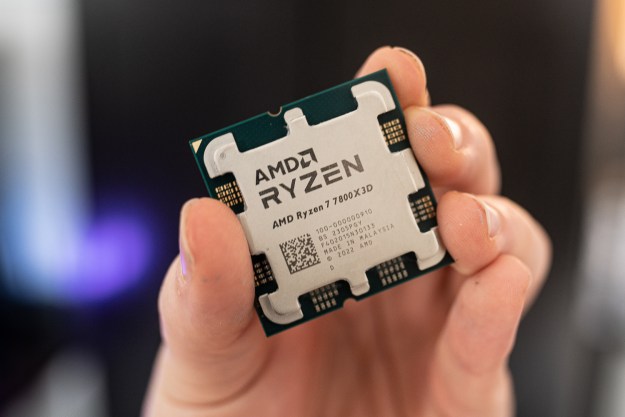Nvidia confirmed that it feels “confident” that desktop monitors based on its G-Sync HDR reference design will be made available in April. The monitors were originally slated to arrive by the end of 2017 but faced a delay that pushed them back until the first quarter of 2018. Now it appears that they won’t see the light of day until the second calendar quarter based on Nvidia’s comment this week during the Game Developers Conference in San Francisco.
Nvidia originally introduced its monitor reference design in January 2017 packing a 4K resolution, high dynamic range, G-Sync technology, and a refresh rate of 144Hz. They rely on the M270QAN02.2 AHVA panel supplied by AU Optronics that’s designed specifically for PC gaming. Other bells and whistles include Quantum Dot technology and 384-zone backlighting that only illuminates the screen where needed.
“We have applied a Quantum Dot Enhancement Film (QDEF) to create deep saturated reds and greens out of the blue light produced by the 384 controllable LED backlight zones,” Nvidia said at the time. “The QDEF film is coated with nano-sized dots that emit light of a very specific color depending on the size of the dot, producing bright, saturated, and vibrant colors through the whole spectrum, from deep greens and reds, to intense blues. This enables a far larger set of colors to be displayed.”
At the time, Asus was the first manufacturer to showcase a monitor based on Nvidia’s reference design: the ROG Swift PG27UQ. Acer followed with the introduction of its Predator X27 monitor in April 2017. Mass production of the AU Optronics panel wouldn’t start until July, so both monitors were on track to hit store shelves by the 2017 holiday season.
But that release never happened, and the two monitors were pushed back into the first quarter of 2018. Neither company provided a reason for the delay although AU Optronics may have delayed production of its panel, halting the projected 2017 launch. Another theory is that Nvidia further tweaked its reference design to get better performance out of the resulting displays.
Either way, Nvidia G-Sync HDR technology won’t be in the hands of gamers until April at the very least. Nvidia noted during its Game Developers Conference comment that the referenced release window is the company’s first fiscal quarter of 2019, which ends on April 29, 2018. Of course, the company didn’t actually confirm a release date, but only showed its confidence that the monitors should be available by that date.
“Like G-Sync, expect G-Sync HDR to evolve over time. In 2013 G-SYNC began with one 24-inch 144Hz 1,920 x 1,080 TN-panel monitor, and today we now have 240Hz monitors, 144Hz 4K
Nvidia’s G-Sync technology is only compatible with the company’s GeForce-branded add-in cards and discrete graphics chips. It synchronizes the refresh of the monitor with the output of the GeForce chip, eliminating screen tearing, stuttering, and flickering for smoother gameplay. It’s a better, cleaner alternative to the V-Sync feature offered in games.
Editors' Recommendations
- AMD is finally taking FreeSync to the next level
- How to enable Nvidia G-Sync on PC
- The best G-Sync monitors for 2022
- More G-Sync Ultimate monitors could be coming with Nvidia’s lower requirements
- LG brings Nvidia’s G-Sync to its entire lineup OLED TVs at CES 2020



